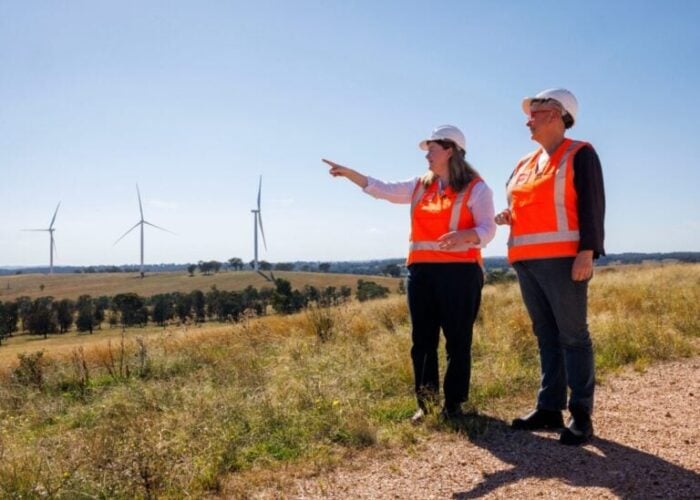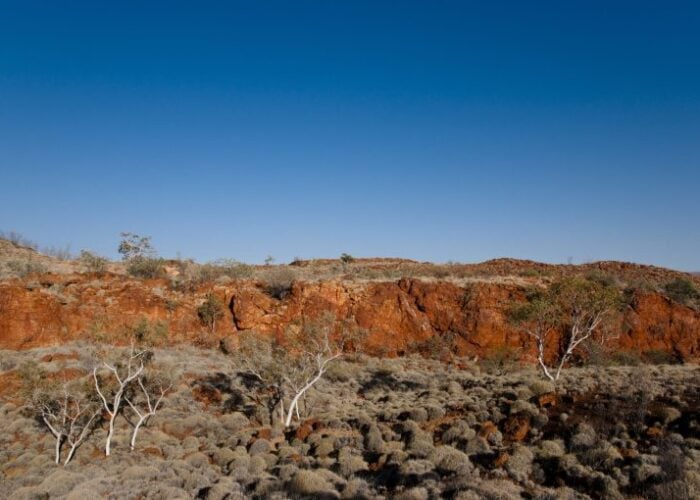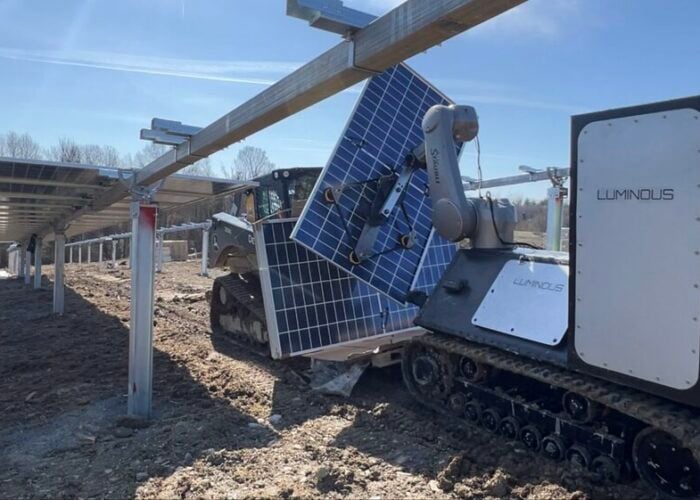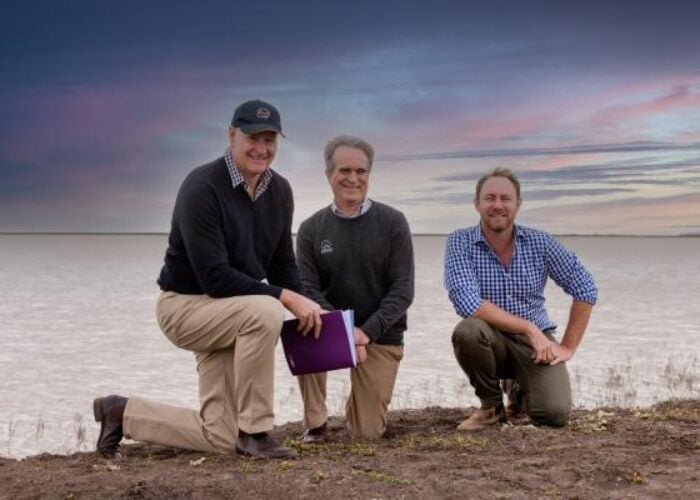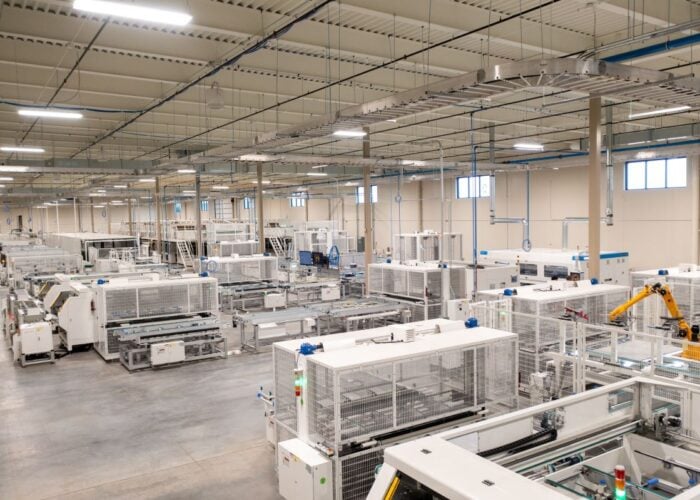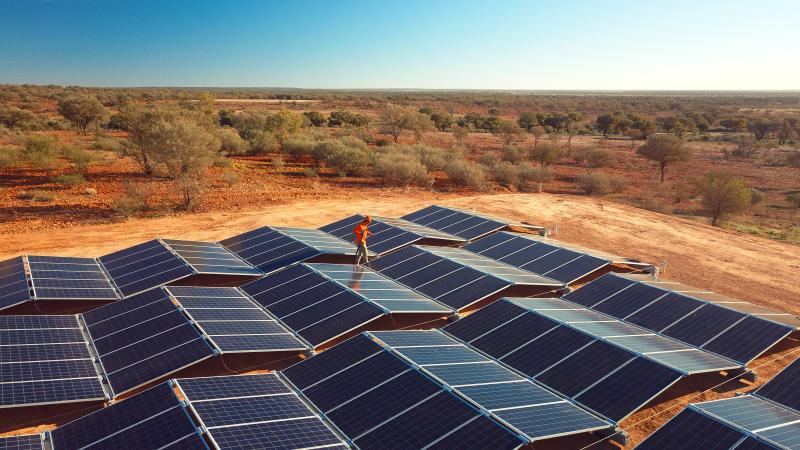
In Australia, the Northern Territory government announced today (27 March) that it will scrap its 50% renewables by 2030 target.
The Northern Territory’s minister for mining and energy and minister for renewables, Gerard Maley, labelled the previous Territory Labor administration’s target as “reckless” and added that the territory’s Liberal (CLP) government would take a “responsible and pragmatic long-term approach to energy reform”.
Unlock unlimited access for 12 whole months of distinctive global analysis
Photovoltaics International is now included.
- Regular insight and analysis of the industry’s biggest developments
- In-depth interviews with the industry’s leading figures
- Unlimited digital access to the PV Tech Power journal catalogue
- Unlimited digital access to the Photovoltaics International journal catalogue
- Access to more than 1,000 technical papers
- Discounts on Solar Media’s portfolio of events, in-person and virtual
The CLP of the Northern Territory, commonly known as the Country Liberals, is a centre-right, conservative political party led by chief minister Lia Finocchiaro. It has been in government since 2024, when it won a landslide victory in the Northern Territory election, winning 17 seats.
In a statement, the Northern Territory government said: “Achieving Labor’s 50% renewable energy target by 2030 is now estimated to cost up to AU$5 billion (US$3.1 billion), which equates to AU$56,000 per Jacana household.”
Despite this rollback, the government said it would continue to invest and expand large-scale solar PV and battery energy storage system (BESS) deployment to reduce costs whilst maintaining grid stability.
“Our focus is on delivering an affordable, reliable, and secure energy system that meets the needs of families, businesses, and industry—now and into the future,” said Maley.
“That means balancing renewables with gas to optimise grid stability, drive down costs, and ensure supply security. We are taking responsible action to stabilise the grid while ensuring renewables can expand in a way that benefits Territorians.”
Alongside investment in solar PV and energy storage, the government revealed two other central pillars to reduce household and business electricity bills.
This includes strategic investment in energy infrastructure to address forecasted energy supply shortfalls and development of the Beetaloo Sub-basin to provide an “abundant and reliable source of gas to underpin our energy security and economic growth.”
The Beetaloo Sub-basin is 500km south-east of Darwin, covers 28,000 square kilometres and is estimated to contain 500 Trillion cubic feet of gas. The government believes the basin could “secure domestic gas supply and propel low-emission advanced manufacturing in the Territory.”
The Northern Territory does not have a single interconnected electricity transmission network. It is not connected to the National Electricity Market (NEM), which spans Queensland, New South Wales, Victoria, South Australia, the Australian Capital Territory, and Tasmania. Instead, it has three regulated networks: the Darwin-Katherine interconnected system, the Alice Springs power system, and the Tennant Creek power system.
Solar PV will continue to play an integral role in decarbonising the Territory and ensuring low-cost bills for households and businesses. For instance, the government is supporting the development of the AU$400 million Darwin Renewable Energy Hub, which would connect directly to the Darwin-Katherine grid.
The hub involves co-locating up to six large-scale solar farms, capable of generating 180-210MW of renewable energy, alongside a BESS on a single site near existing network infrastructure. The size of the BESS has not been disclosed.


